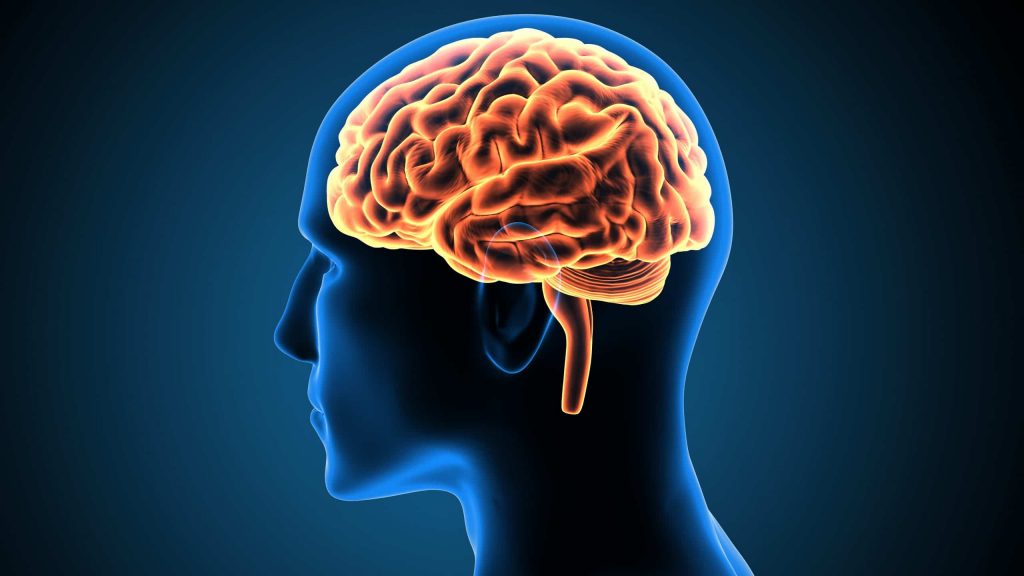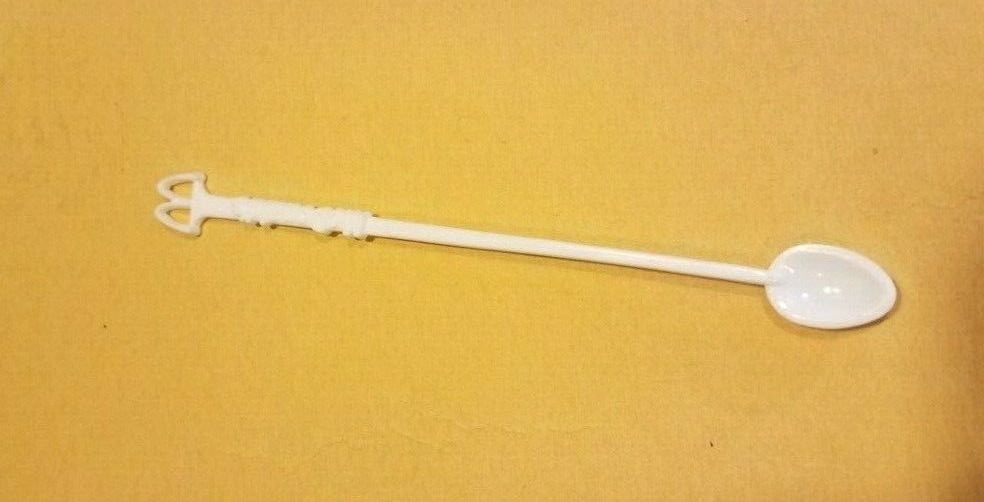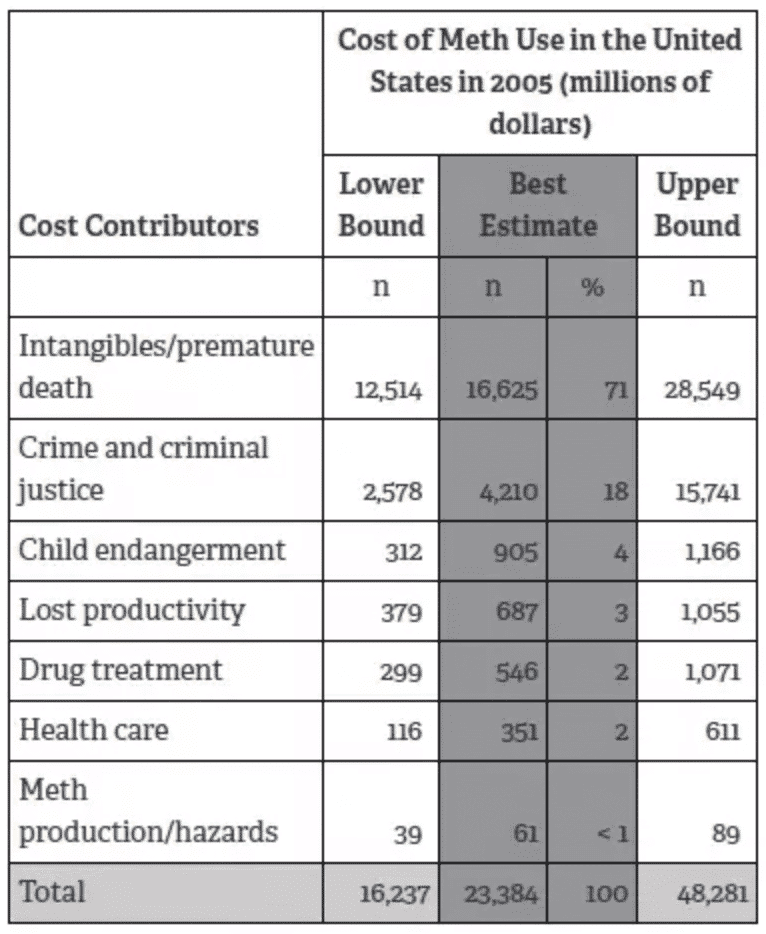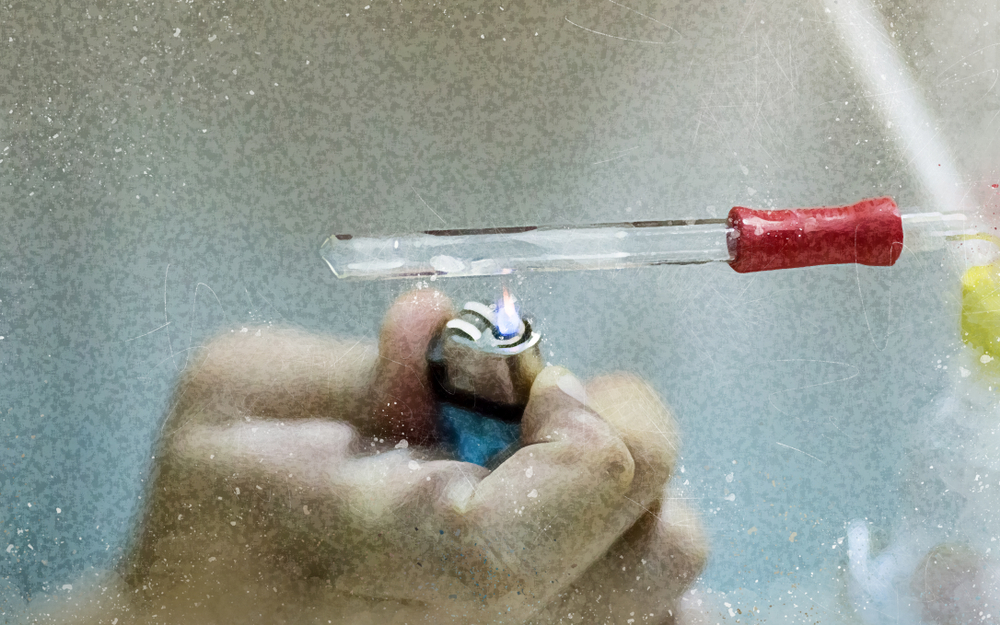Can I Get COVID-19 From Drug Use?
The coronavirus, also commonly known as COVID-19, has rapidly swept across the globe, ultimately causing worldwide economic shut downs in the hopes of flattening the curve to potentially save millions of lives that are at risk of death from this dangerous virus. The problem with COVID-19 is that the virus can last on surfaces for days and can survive in the air for a matter of hours, leading to high rates of infection. Not only does the coronavirus spread rapidly, but it can lie dormant in the host for up to two weeks without showing any signs or symptoms of infection. Long story short, the coronavirus is very dangerous and has the potential to kill a lot of our loved ones, regardless of where they are from.
How did the COVID-19 pandemic start?
The coronavirus is believed to have started in Wuhan, the capital of China’s Hubei Province in the later part of 2019. It is thought to have jumped from another species (most likely bats) to another, infecting the first humans in the local surrounding area. Spreading like wildfire in China (as around 80,000 humans were infected), it slowly made its way around the globe, eventually reaching America and hitting places like New York and California very hard. All of this led to drastic measures being taken like closures of non-essential businesses and self-isolation or quarantine.

The full medical name for COVID-19 is SARS-CoV-2, meaning Severe Acute Respiratory Syndrome Coronavirus 2, and it is closely related to the virus responsible for the SARS outbreak in 2003. While a lot of research still needs to be conducted in order to fully understand how this deadly virus operates, researchers have discovered a wide array of important information, even in the short time period that it has been around. Primarily, coronavirus attacks the lungs. While the exact fatality rate is still unclear, it has a higher chance of death than the flu, and even a higher fatality rate in those with a co-occurring disorder such as COPD (Chronic Obstructive Pulmonary Disease), asthma and people with compromised immune systems, as they are unable to properly fight the virus off.
So, what does the coronavirus pandemic mean for people who use drugs and alcohol?
Well, for starters, unfortunately, people who use drugs or alcohol are usually in a higher risk category for a variety of physical and mental health issues. Additionally, they have a higher chance of contracting the virus for several different reasons, including things like high rates of homelessness and incarceration.
Not to mention, as we previously stated, Covid-19 attacks the lungs, this is said to worsen with certain patients who have some form of substance use disorder. For people with alcohol use disorder, or people who smoke any substance, including cigarettes, vapes, crystal meth, heroin or other opioids, are all at higher risk of mortality if they happen to contract this deadly virus. Especially, for those who smoke or vape, because these activities weaken the respiratory system at an alarming rate.

Interestingly enough, alcohol sales have reported to spike, increasing over 55% following orders of quarantine, social-distancing and isolation. What people do not know is that this poses a serious risk, as alcohol consumption can greatly compromise the human immunoresponse system.
People who frequently abuse alcohol are also at a higher risk of infection and mortality because of their compromised immune systems, making people more vulnerable to respiratory diseases like the coronavirus. It is even more important to refrain from drinking this time if you are a person in the high-risk categories, generally meaning people over the age of 65, or those with other serious health conditions.
The dangers of smoking and vaping during the COVID-19 global pandemic.
Although it may seem like people who use cigarettes or vape are not serious drug users, these substances still pose a serious danger to one’s health, especially during this time. Cigarettes have been known to cause things like cancer, diabetes and many other major health issues. Smoking causes serious impairment to lung function making it difficult to fight off deadly viruses like COVID-19. A recent study released by WHO (World Health Organization) found that smokers are more likely to develop serious complications when infected with the coronavirus. The same can be said for someone who uses vapes, or electronic cigarettes; they are inhaling dangerous chemicals that strongly affect the functionality of their lungs.
Heroin itself is a very dangerous and deadly drug. It is normally seen as black, sticky substance and commonly referred to as “black tar”. Heroin has been known to be highly addictive, and has recently risen in popularity. One of the main problems with heroin is the illegal manufacturing process, as it has been known to be “cut” with other substances, helping to increase the risk of overdose. People who use heroin are in a high-risk category for COVID-19 because of the pulmonary effects the drug has on the body. Heroin acts on the brain stem, slowing bodily systems down and decreasing oxygen supply to the blood supply as it slows a person's breathing. This can cause major complications, even more so when a person contracts the deadly coronavirus.
People who use methamphetamine are also at higher risk when it comes to Covid-19. Methamphetamine, commonly known as meth, is another very dangerous and addictive drug. Like heroin, it can be used in a number of different ways, such as being smoked, snorted, or injected. Aside from high rates of overdose and health issues, people with a history of methamphetamine use are at a higher risk of pulmonary damage and pulmonary disease. This is because meth restricts the blood flow causing hypertension.

Alcohol and drug abuse greatly increases your chances of contracting COVID-19.
It is never too safe to be sorry, and all research suggests that excessive drug and alcohol use put you at a higher risk of contracting the virus. The added health complications of people who struggle with substance abuse, along with a lack of basic personal hygiene can increase the likelihood of fatality and develop the serious symptoms of Covid-19. If you, or a loved one, are suffering from an addiction then do not hesitate to ask for help. We are still offering a wide selection of treatment options to best suit your needs. Take control of your health and begin leading a better life today, you do not have to go through this alone!





















